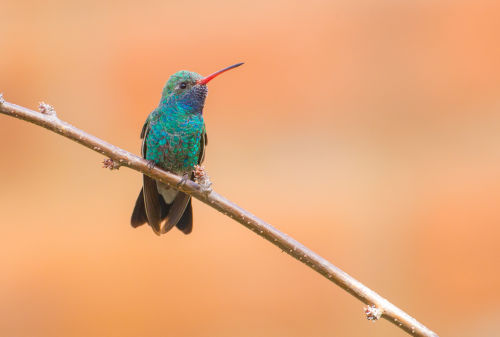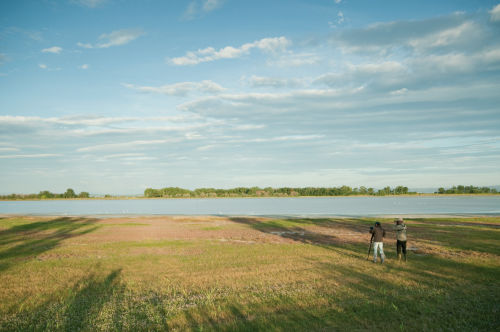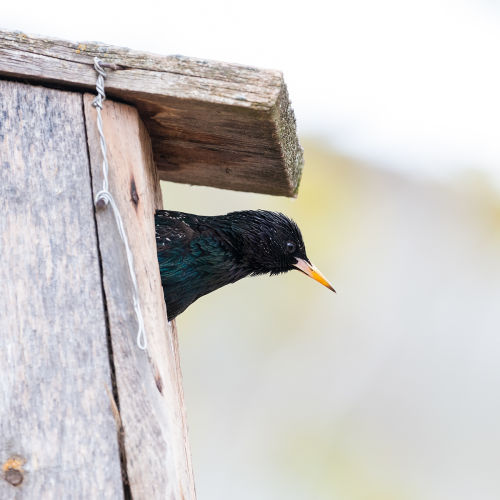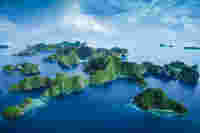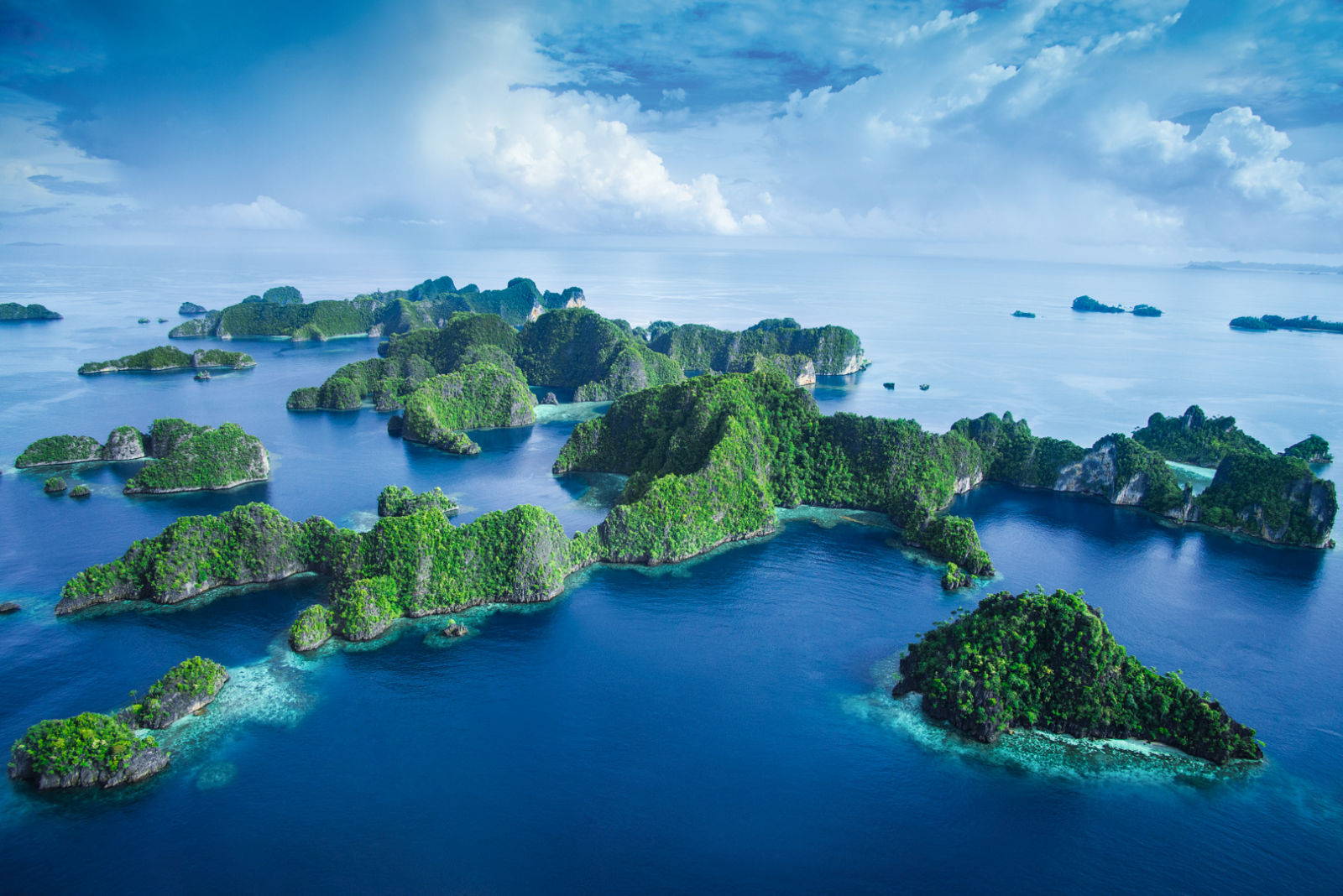Raja Ampat
Raja Ampat in eastern Indonesia is truly a dream destination. An archipelago of more than 1,500 islands in the heart of the coral triangle, it is one of the most biodiverse regions on the planet. There are so many wonders to discover in this spectacular and hugely diverse marine habitat.
Yet when you drag your gaze away from the beauty of the underwater world and turn it to the skies you will be left speechless once again – this time by the sheer abundance of bird species.
Preparing for your trip
It is a long and tiring journey to Sorong via Jakarta or Singapore, then onward by ferry or speedboat to the capital of Waisai or one of the many islands. And it is true that Raja Ampat is not exactly an affordable destination. It is also correct that there are only a few, relatively expensive, resorts, unless you opt for a simple homestay, which is a great way to get to know the country and its people. It is also a good idea to work on your fitness before setting off on a nature or birding trip to Raja Ampat. Jungle tours can be physically tough and really push you to your limits. But once you have dealt with these practical issues you are ready to make the most of your trip to paradise with its amazing fauna and flora – and its unique birds.
Raja Ampat translates as “Four Kings,” in reference to the four main islands of Misool, Salawati, Batanta, and Waigeo. Gam, Kri, and Kofiau are other islands that are also worth a visit. All the islands are geographically very different: some are mountainous, while others have fine sandy beaches or rocky cliffs. For divers, Raja Ampat is the perfect year-round destination with the exception of the rainy season (July to September). Visit between November and April to enjoy the very best underwater visibility. The dry months between November and March are high season for nature and birding trips. It is possible to book tours from June onwards, but at this time of year you have to expect heavy rain, which can make trips much more difficult. It is advisable to explore the country with experienced local guides. They will help to keep you safe, tell you about the indigenous fauna and flora, and ensure you have some very special and rare sightings.

Off to Raja Ampat
Its location just south of the equator, tropical climate, and dense jungles explain why birds feel so at home in Raja Ampat. The latest 2014 edition of Pratt and Beehler’s The Birds of New Guinea is ideal for learning more about birdwatching in the area – or for awakening your wanderlust. This birding bible tells you which species you might see in Raja Ampat and gives a sense of why the world’s keenest birders and nature photographers flock to West Papua.
More than 250 bird species have been recorded on the islands, and many birders select Raja Ampat as their once-in-a-lifetime destination for spotting as many birds-of-paradise as possible on a single trip. Over 100 years ago, naturalist Alfred Russel Wallace, who is considered to be the second father of the theory of evolution alongside Charles Darwin, claimed they were the most magnificent and extraordinary feathered inhabitants of our earth. He believed that “Nature seems to have taken every precaution that these, her choicest treasures, may not lose value by being too easily obtained.” A century later, his words still ring true: finding birds-of-paradise requires physical fitness, detailed knowledge, first-class equipment, and an endless supply of patience.
Heaven on earth
In general terms, Raja Ampat’s bird life can be divided into two groups for birders and nature-lovers. The first group consists of birds that are fairly big, relatively widespread, and easy to find. The second group consists of birds that are shy and hide themselves away in the jungle, but that are worth the effort needed to catch a glimpse of them.
This last group includes Wilson’s Bird-of-Paradise, (Cicinnurus or Diphyllodes respublica) and the Red Bird-of-Paradise (Cenderawasih or Paradisaea rubra). For many nature-lovers, these are the two main reasons for visiting Raja Ampat. Anyone who is lucky enough to see these birds-of-paradise on the islands of Batanta and Waigeo will remember the encounter for the rest of their lives. But the Wilson’s Bird-of-Paradise is particularly hard to spot because it is as rare as it is beautiful. It seems that nature decided to run riot with colors and shapes in order to ensure that this bird truly lives up to its name. The male’s plumage shimmers with gorgeous greens, yellows, and blues, while its elegant tail feathers spiral out in spectacular fashion. It became famous thanks to a BBC nature documentary made by David Attenborough, who filmed this rare bird-of-paradise for the very first time. Two birds that are only found on Batanta and Waigeo are the Waigeo Brushturkey (Aepypodius bruijnii) and the Raja Ampat Pitohui (Pitohui cerviniventris).


But anyone who journeys to the ornithological paradise that is West Papua will be rewarded with sightings of many other wonderful birds. The Western Crowned Pigeon (Goura cristata) is not only one of the largest but, thanks to its majestic appearance, also the most striking member of the pigeon family. Many birders also hope to spot the rare Brown-headed Crow (Corvus fuscicapillus), a particularly rare and mysterious member of the crow family. You may also be lucky enough to glimpse the Black Sunbird (Leptocoma sericea), the Yellow-billed Kingfisher (Syma torotoro), or the Eclectus Parrot (Eclectus roratus).
Departing from Sorong
Sorong is the point of arrival and departure for most travelers to Raja Ampat. The city offers plenty of ways to fill your time while awaiting your onward transfer. The surrounding lowland tropical forests are easily accessible for day trips, but they still give a flavor of the beauty and uniqueness of this region’s biodiversity. Species like the Red-breasted Paradise Kingfisher with its spectacular iridescent plumage and foot-long tail feathers attracts admiring glances; then there is the Red-billed Brushturkey, Black Lory, and myriad other outlandish birds who make a lasting impression on even the most well-traveled of birders. But the most fascinating thing about Sorong is the fact that it is possible to see seven (!) different birds-of-paradise on the edge of the city: the Magnificent Riflebird (Ptiloris magnificus), the Magnificent Bird-of-Paradise (Cicinnurus magnificus), the King Bird-of-Paradise (Cicinnurus regius), the Twelve-wired Bird-of-Paradise (Seleucidis melanoleucus), the Lesser Bird-of-Paradise (Paradisaea minor), the Glossy-mantled Manucode (Manucodia ater), and the Trumpet Manucode (Phonygammus keraudrenii).
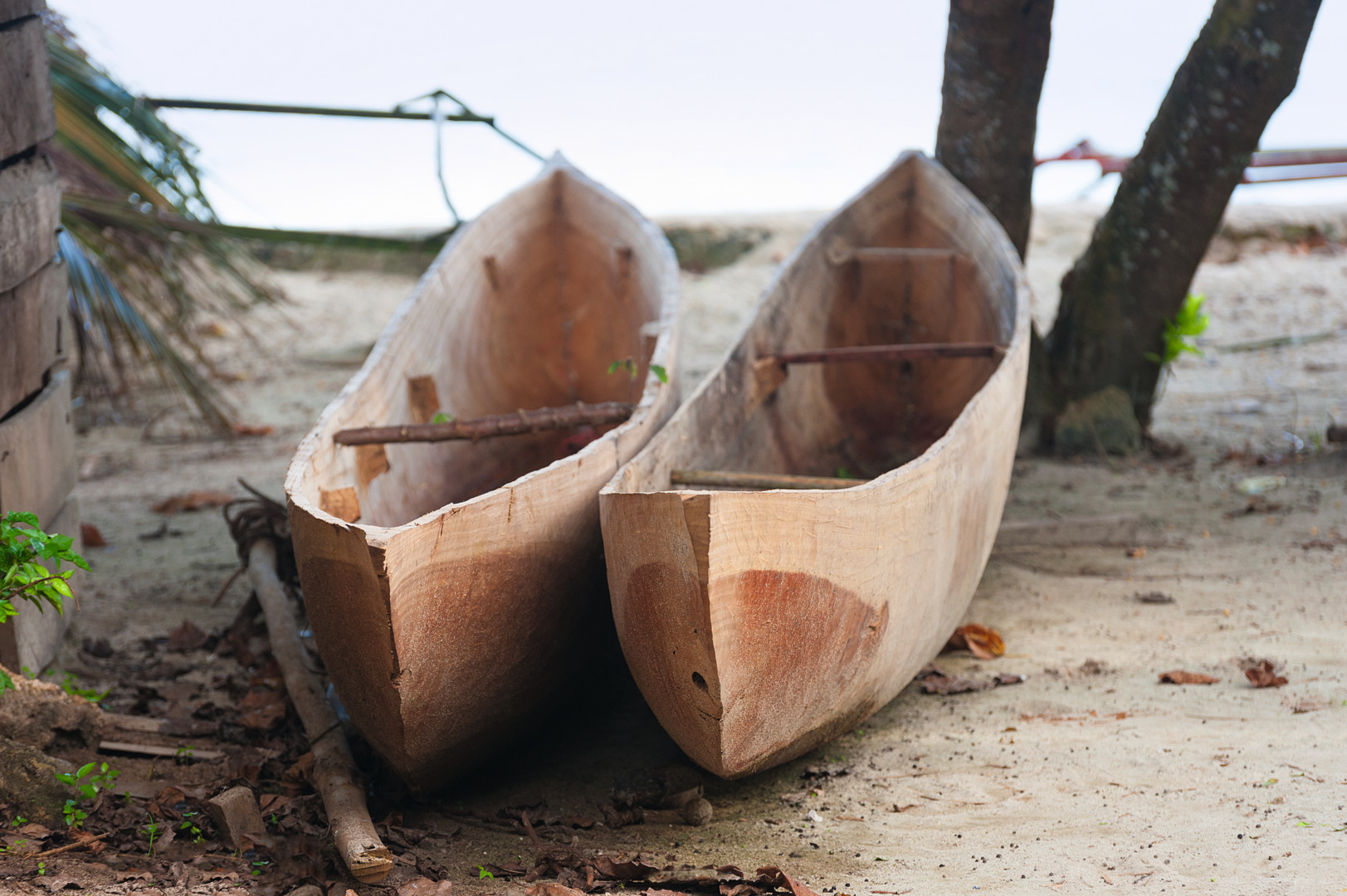
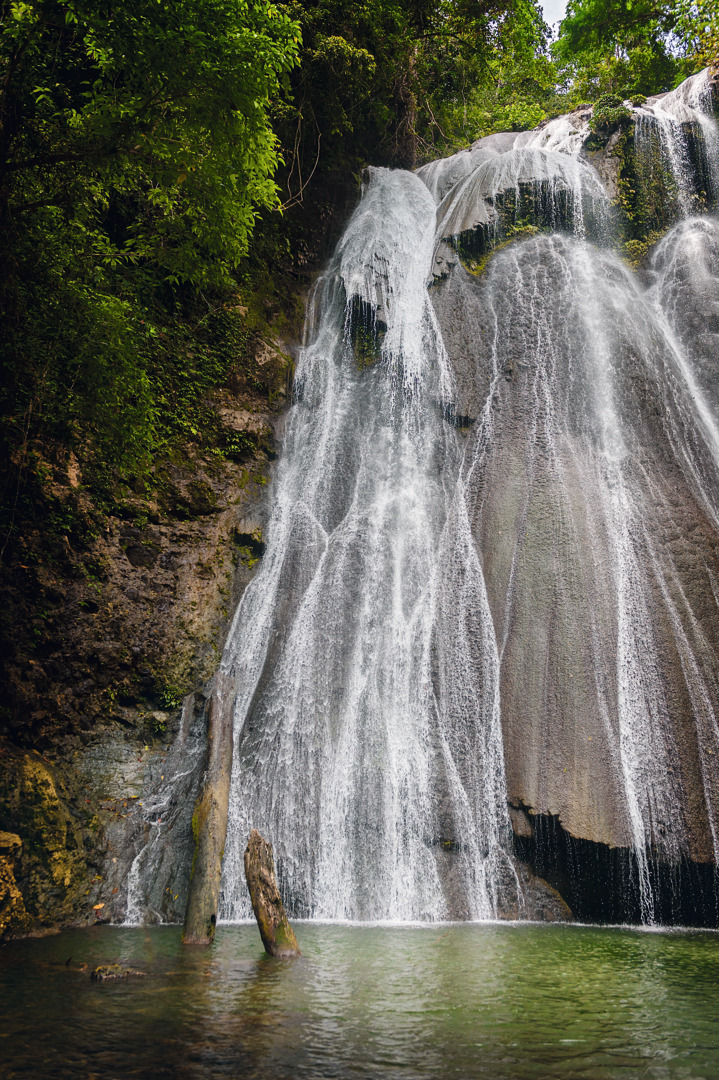

Returned from a trip and feel in need of some really authentic, delicious seafood?
Then head for the “Berlin Wall,” a long breakwater dotted with food stalls serving simple, tasty fare in a party atmosphere that is popular with young locals. A visit to the Buddhist Sapta Ratna Pagoda is a very fitting way to start or finish a visit to Raja Ampat. In fine weather it is worth visiting the temple in the early evening to enjoy breathtaking views and stunning sunsets. A truly unique and unforgettable trip!
